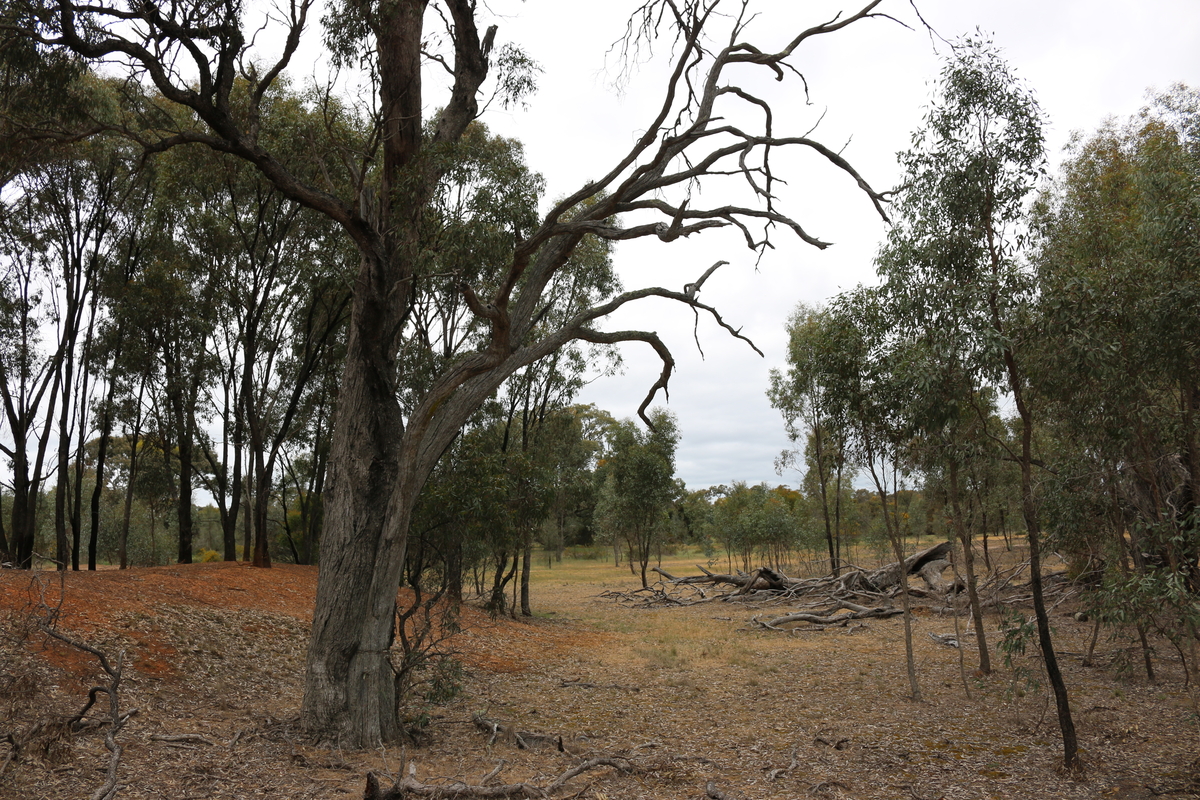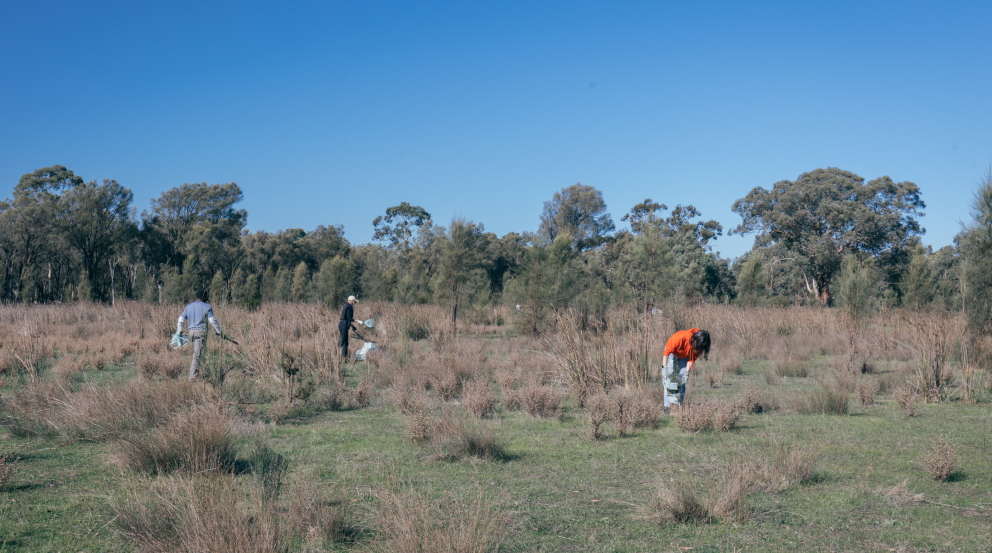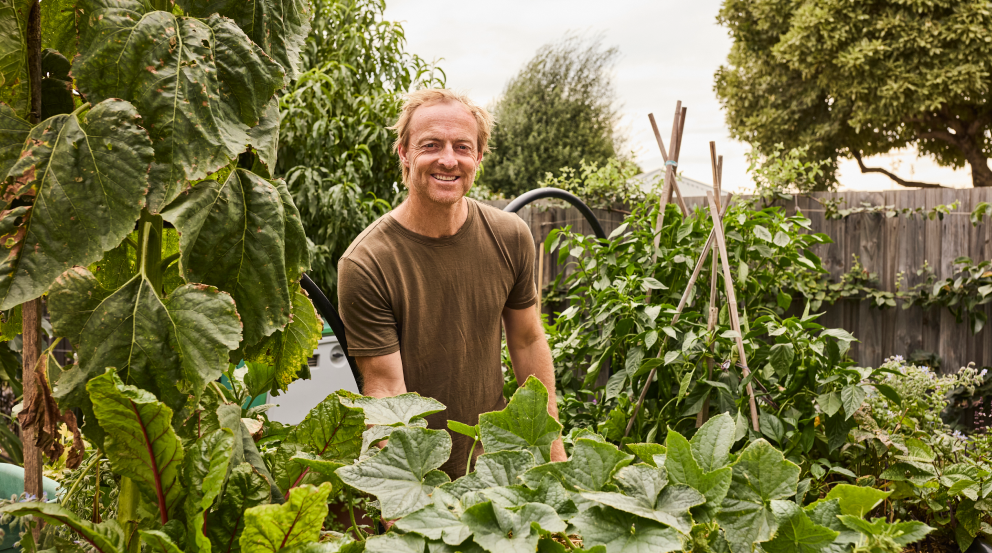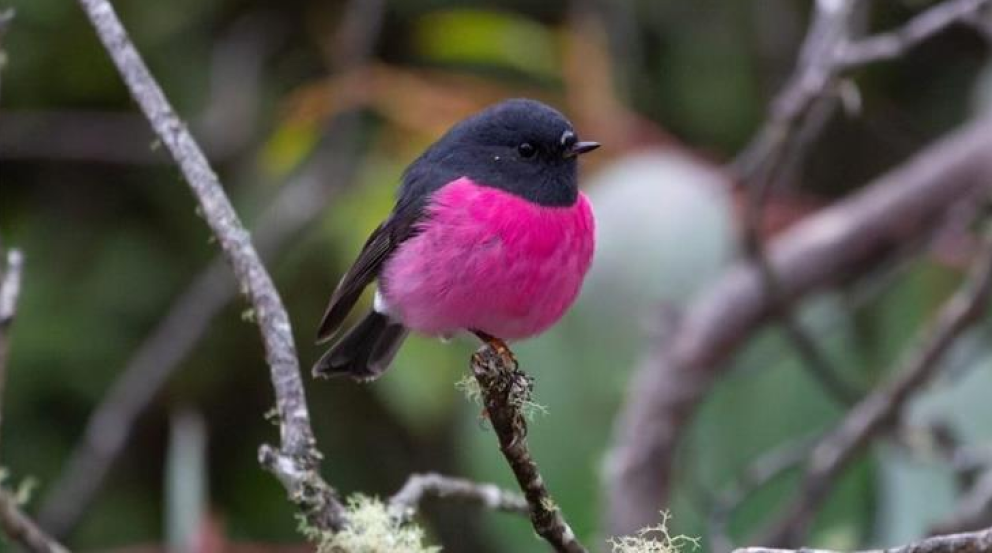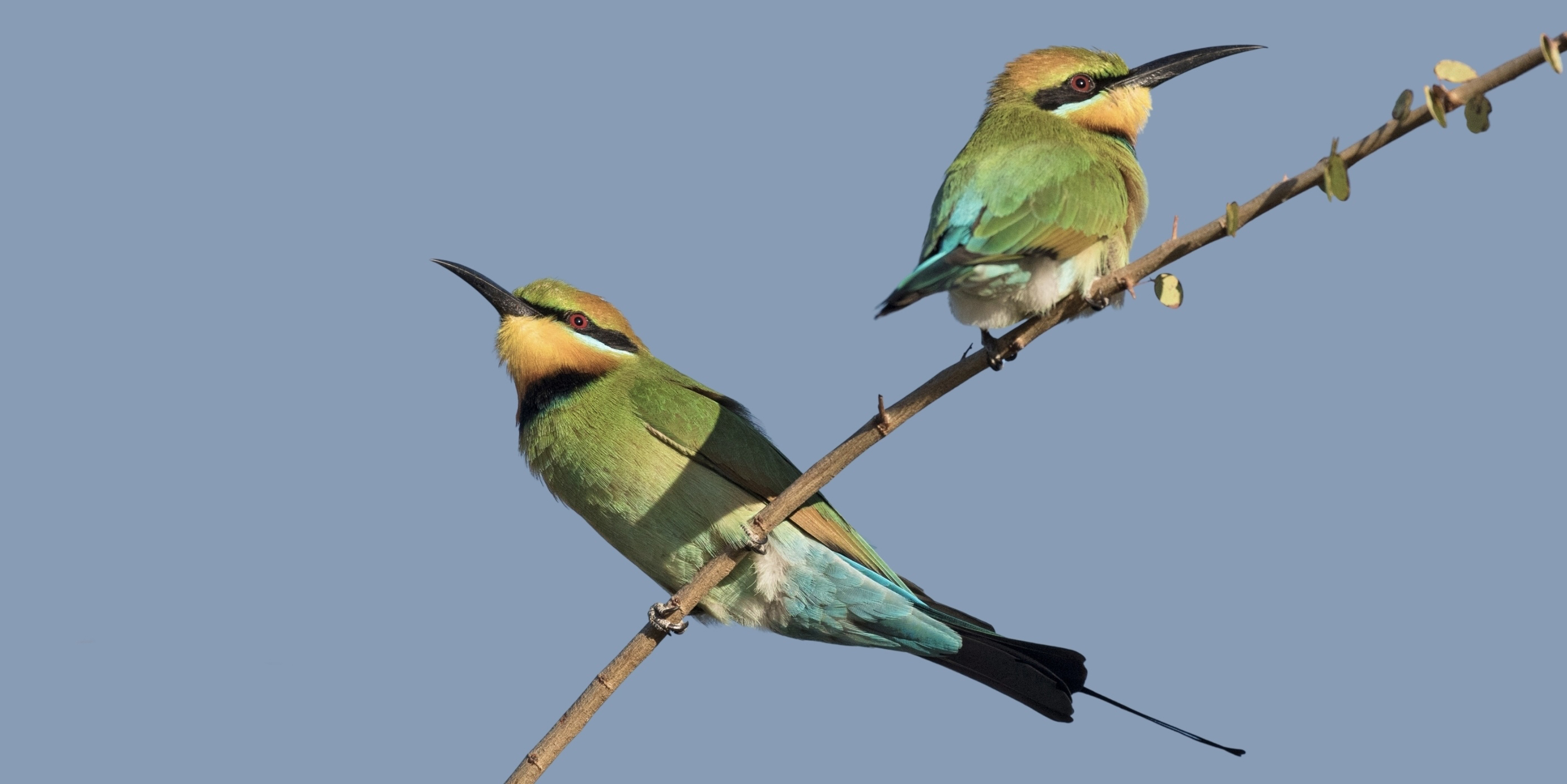We want to share that we had a small fire at the Minimay site of our Conservation Reserve last week.
Our partners Greening Australia and Trust For Nature have visited and confirm it was mild, with less than 2 hectares burnt (the reserve is 523 MCGs big!) and no cultural heritage sites damaged. Luckily, we got up to 10mm rain that night which helped.
We would like to thank the Minimay, Goroke, Peronne and Neuarpurr CFA brigades for coming so quickly to take care of our reserve. Thank you.
We're also seeing the circle of life in action: the Red-tailed Black Cockatoo are already flocking, looking for seed. And the Superb Fairy Wren and New Holland Honey Eaters are chasing the insects who have moved in quick smart to the charred wood.
As Fiona, a Senior Conservation Officer at Trust for Nature said "insects that escape the rapacious birds will no doubt start the beautiful process of returning wood to earth" - we couldn't have said it better ourselves!
So, what next?
Over the next couple of years, at the fire site, we'll keep an eye on weeds that will try to invade the newly cleared area (looking at you, veldt grass), and to see what species come back naturally and what species may need a 'helping hand' from Greening Australia and Trust For Nature's conservation teams.
On a bigger scale, we're working on implementing the reserve's recently approved Fire Management Plan. This looks to incorporate scientific research from the University of Melbourne, Indigenous land management and Traditional Owner expertise, and Greening Australia and Trust For Nature's ongoing care and knowledge.
As a customer, you're a part owner of the reserve. And we'll keep you updated how we go on with this fire recovery and implementing the Fire Management Plan.
Image credit: Tom Day.



